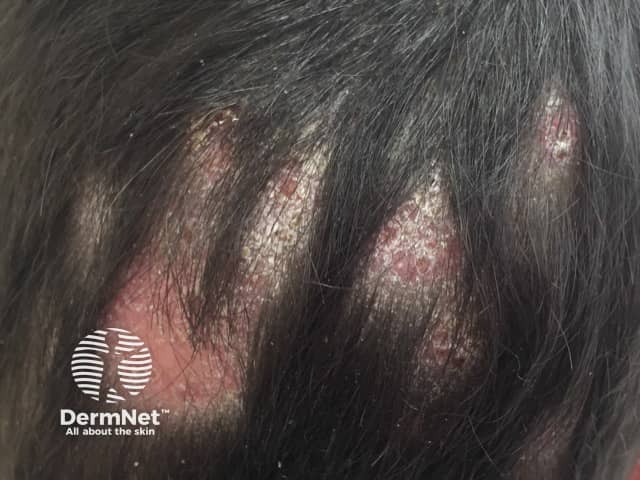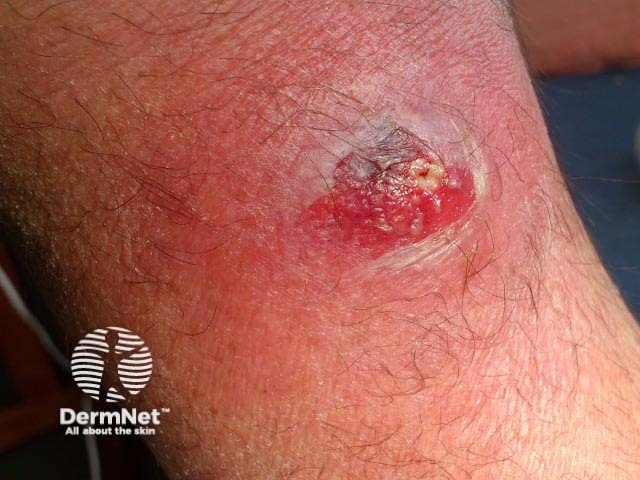Main menu
Common skin conditions

NEWS
Join DermNet PRO
Read more
Quick links
Author: Kaea Matenga, 6th Year Medical Student, University of Auckland, New Zealand; Chief Editor: Hon A/Prof Amanda Oakley, Dermatologist, Hamilton, New Zealand, May 2016.
Introduction
Māori terms for skin disease
Uses in skin disease treatment
Effectiveness
Māori are the indigenous people of New Zealand with a rich history and culture of language, music, art, mythology, and knowledge.
Through colonisation, much of this culture and knowledge was being lost, but efforts to preserve and revitalise all aspects of the Māori culture have seen a resurgence over the past few decades, so that Maori culture today is strong and vibrant.
This story of loss and revitalisation is true also of Māori medicine, known as Rongoā Māori. Originally practiced by Tohunga (medicine men), Rongoā involved a combination of chants, rites, and herbal remedies. While Tohunga were outlawed in 1907, the practice of Rongoā survived and today it is a recognised part of the New Zealand Māori health scene.
In pre-european times, Māori were familiar with, and named, a number of skin diseases. These terms may sometimes still be used by Māori to describe skin conditions.

Huahua

patito

whewhe
Tohunga learn their skills from another Tohunga. This means that there is no universal training or system of diagnosis or treatment, and tribal differences in practice are common. Treatments tend to focus on use of native flora (rongoā rakau), massage (mirimiri), and prayer (karakia), with a view to address not just the physical but the social, mental, and spiritual aspects of wellbeing.
Common uses of rongoā rakau for various skin conditions include:
There is a lack of scientific evidence to demonstrate the efficacy of Rongoā Māori. As a consequence, standards of practice for Tohunga in New Zealand require patients to be referred to other services if needed, especially in emergencies, and that rongoā rakau (plant remedies) are not labelled with therapeutic claims.